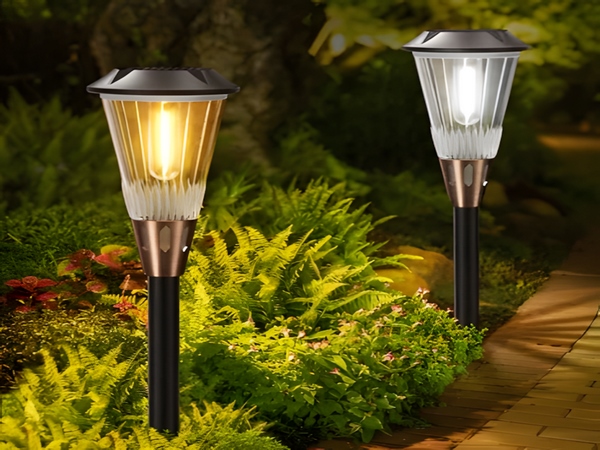
As a sustainable and renewable energy source, the prospects of solar energy are very attractive. Wherever sunlight reaches, this energy can be utilized. In our ordinary lives, apart from solar water heaters, we frequently encounter solar street lamps, emergency road signs, buoys, and more. Solar street lamps, known for their efficiency, energy-saving ability, environmental friendliness, and ease of maintenance, are particularly meaningful to develop in the context of global energy shortages. So, what details should one pay attention to when purchasing solar street lamps? Below is an introduction from the Century Sunshine Lighting editor.
Details to consider when purchasing solar street lamps
First, regarding the light source, we can identify the quality of LED lights from four aspects:
(1) LED chip: The quality of the LED chip directly determines the brightness and light decay of the lamp beads. High-quality lamp beads are brighter with less light decay.
(2) Light efficiency: The same lamp bead with higher light efficiency is brighter, consumes less power, and is more energy-saving.

(3) Driver power supply: The power of the LED lamp driver must be above 0.9. If the power supply is inadequate, the quality and lifespan of the LED light source cannot be guaranteed.
(4) Heat sink: The LED light source has certain requirements for the heat sink during operation. In terms of materials, the best heat sink material is extruded aluminum. Structurally, the contact area and installation tightness between the LED lamp beads and the aluminum plate or shell directly affect heat dissipation. The size of the heat sink area determines the final heat dissipation effect.
Secondly, regarding the battery module bracket, we can also identify the quality of the battery module bracket from four aspects:

(1) Brand: Check if the supplier of the module bracket is a well-known brand and if they offer a certain level of after-sales support.
(2) Welding process: Visually inspect the welding quality of the battery cells.
(3) Frame quality: Check if the frame is a regular rectangle and if there are any deviations.
(4) Quality of back pressure: Look for any irregularities or bubbles on the back, which can be observed on-site.
Lastly, regarding the controller, the solar street lamp controller, also known as a discharge controller, primarily charges the solar battery and provides load control voltage for voltage-sensitive devices. This relatively complex device can also be evaluated for quality:
(1) Charging technology: The two commonly used charging technologies currently available are PWM and MPPT. Generally, MPPT lamp controllers are superior to PWM in terms of complexity and performance.
(2) Installation convenience: The controller’s casing should ideally include wiring diagrams to facilitate straightforward installation for workers. Complicated settings may risk damaging the controller during installation.
This concludes our discussion on the details to pay attention to when purchasing solar street lamps. With the development and popularization of solar street lamps, significant energy savings and emissions reduction, as well as low-carbon lighting, are expected to be achieved, meeting the goal of green illumination from indoors to outdoors.



